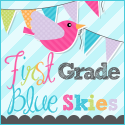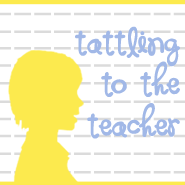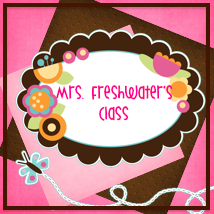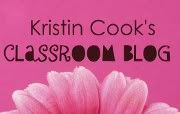I joined the linky party (my first!!!) over at Erica's
Blog Hoppin blogspot for ideas on having students listening.
With my students I use my mom's strategy. . . yes my mom is a teacher. . . it's called the Fast 5! I'm sure it's now a published "new idea" but I want to tell you that there was no TPT when my mom first started this!
The Fast 5 simply relates to 5 things the students need to do to get their bodies ready for listening:
- eyes on the speaker
- hands quiet and still
- voices off
- ears listening
- sitting appropriately
The number order doesn't matter . . . rarely do I ever say the actions in order anyway. . . they are just permanently ingrained in my head after 8 years of teaching!
A couple of comments about them. . .
For #3 I choose to say voices off rather than mouths quiet because as many of us primary teachers are aware, just because the mouths are quiet doesn't mean that voices are off! That's when the humming begins . . .
For #5 I sometimes change this depending on where the students are sitting, either on the carpet or at their desks. If the students are on the carpet, I say sitting criss-cross or "side-saddle" (antiquated right?). If the students are at their desks, we discuss how to sit: turn chairs to face the speaker, feet flat on floor, and sit with our bottoms down on the seat.
How it works. . . . the expectation is that the students will sit this way everytime. . . however this is not always the case. . . so if I notice the class is really lax in their Fast 5 sitting ways then I will do a "Fast 5". This means that I will tell the students that they are definitely not sitting appropriately (this is said in a "Oh my! This doesn't look right" manner rather than chastising them) and that I think they need to do a "Fast 5". At this time, I tell the class that I will turn around, count to 5, and when I turn back around I will see them in the "Fast 5" position. If they do this within the 5 sections, then I give them a reward. . . in our classroom we use PBS and we have "Score 4" Cards. So I give them one of those. It really works and they enjoy doing the "Fast 5"!
I hope that you join in the linky party!
Click here to join the conversation. . .
Educationally yours,












































































